You can’t miss a Terrance Hayes reading. For months, the local community of writers in Tampa buzzed about Hayes coming to the University of South Florida to spend a week as Scholar-in-Residence, attending classes and hosting a Wednesday night reading. Some of us had class, but it didn’t matter. You ask to be excused, you leave early, you do what it takes. But you can’t miss Hayes.
You really can’t.
By the time I got to the auditorium at the University of South Florida, the room was getting full. I stopped to talk with poet Jay Hopler on the side aisle. We were both pumped. We’re poets, after all, and Hayes’s book Lighthead won the National Book Award for Poetry in 2010, and his newest book How to be Drawn was a finalist in 2015.
Hayes’s personality may not be what you expect from someone so renowned in American poetry. He is conversational, easy-going, and more like your cool grade school teacher who loaned you books than the distant, reserved stereotype of American poets. Hayes’s rapport with the audience was universal. He could have been talking to teens or an elderly crowd, students or professors, people who like poetry or those who don’t understand it, but he still made you feel like he was talking to you. He worked throughout the reading to help us access his poetry without ever censoring his own work. Even when he jokingly warned us about his content, letting us know he was going to read some heavy work, he brought us into it.
One of the first pieces he read was a poem from How to be Drawn called “The Deer.” It begins with the image of the title animal beside a highway “outside Pataskala” (a word Hayes said you have to put in a poem after you’ve heard it). The piece takes off from this scene into a small odyssey of transformation, where the speaker becomes the deer, “a creature bony/as a branch in spring,” then transforms into “a machine with a woman inside it,” and lastly “a mother.” Finally, the speaker arrives at a traumatic anecdote: as a child, a friend’s car was approached by a woman screaming that “her man/was after her with a knife.” The friend’s mother drives off, and the speaker speculates that it was not cowardice, but protective concern for her children, that made the mother leave the scene. The poem ends with an image of a baby at the back of the mother’s mouth.
Don’t ask about the baby in the mouth, Hayes told us. “Don’t ask me what the poems mean,” he later reiterated. “What is poetry about? Poetry.”
For Hayes, the Q&A is his favorite part. What is his favorite thing to achieve in a poem? Surprise, discomfort, exhaustion. “Are you going to say that?” Hayes asks himself when he’s writing. Not the expected or the comfortable. Take risks when no one else is around.
I asked him my go-to question: “What is your revision process like?” “Endless,” he told me. It’s adding, expanding, and trying not to look back too much on what’s come before. Hayes told us one poem’s first draft was 244 pages long and he worked to carve it back to 60. Hayes usually writes 100 drafts of a poem before it’s finished. I later asked Karissa Womack, our interview editor at Sweet, about Hayes’s process. In a room full of students, his testimony of tireless revision is, in Womack’s words, “such an important message for writers.” We are so used to dashing off status updates and emails that millennial students may be losing the notion of long-term revision. This process is a necessary one for many poets, and understanding the conditions of Hayes’s craft, just how many months and years a piece can take, serves as a powerful call for more care and patience in composing contemporary poetry.
I wrote down quotes of Hayes’s through the reading, and although I can’t quite remember how some fit into the narrative of the night, the last thing I have jotted down in my notebook simply says this:
“The alternative to vulnerability is ‘silence’ and ‘shame.’”
To be present, to be heard, to be free, we have to acknowledge our humanity in our work. Terrance Hayes lives this out in his own poetry, and through his concern for the community of students and writers, he encourages us to do the same.








